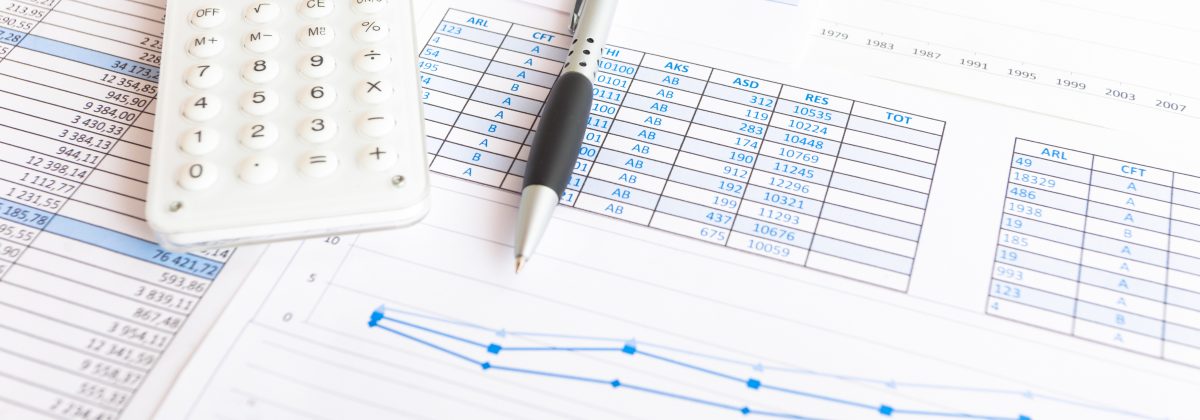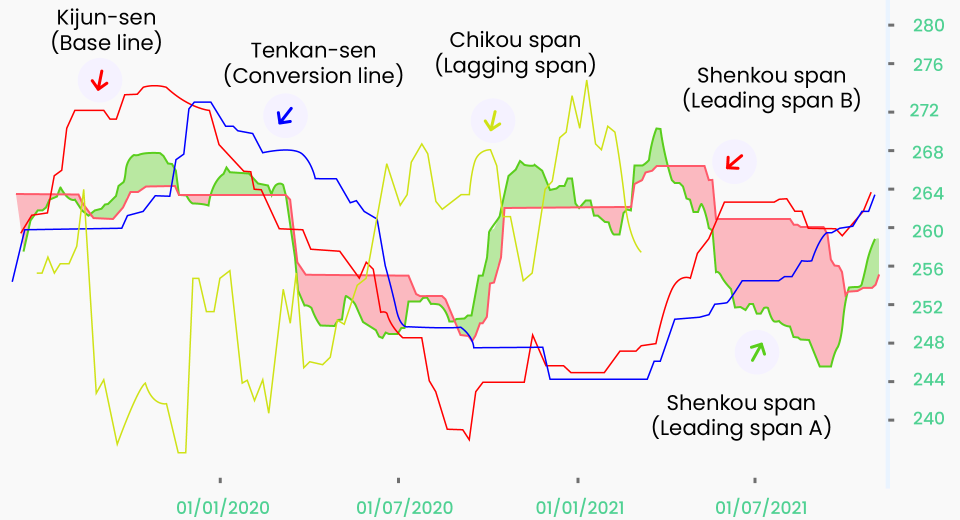As a forex trader you will have considered all the costs involved in your trading. Depending on your broker these may include fees or commissions based on the volume traded and of course the cost of the spread. A much forgotten about cost is forex swaps.
Simply put, forex swaps are a means of transferring one’s open currency positions to another day for a price or cost. The swap rate is the overnight or rollover interest rate earned or paid for holding positions overnight in forex trading. The rate can be negative or positive, depending on the difference in the interest rates of the countries whose currencies are being traded.
As a currency trader, that’s really all you need to know. But if like us, you’re a bit of a geek for detail, then read on and find out how they are calculated and when they are used by the bigger financial institutions.
Understanding Forex Swaps
In simpler terms, forex swaps are basically transactions that involve two currencies and their trade. The basic steps involved in a forex swap transaction are:
A particular amount of a currency is bought or sold verses another currency, at an agreed upon rate, on an initial date, called the near date.
• The same quantity of the currency is simultaneously sold or bought versus the other currency, at a second agreed upon rate, on another date, called the far date.
These transactions involve adding or subtracting certain pips or swap points from the initial value date’s exchange rate, generally the spot rate, to obtain the forward exchange rate.
How are These Swap Rates Decided or Calculated?
Forex swap points for a particular value date are determined on the basis of the overall cost involved in lending one currency and borrowing another during the time between the spot date and the value date. Also called the cost of carrying, the swap cost is added or subtracted from the spot date.
While calculating the swap points, the number of days from the spot until the forward date are considered, along with the prevailing interbank deposit rates for the two currencies involved. For the person who is selling the higher interest rate currency forward, the carrying cost or the swap points will be positive, while in the case of the person buying the higher interest rate currency forward, the carry cost will be negative.
Let’s consider the example of one of the most popular currency pairs, the EUR/USD. Say the interest rate in the European region is 5.25%, while it is 3.25% in the US. One opens a sell position for a lot of EUR/USD and sells 1000 euros, borrowing them at 5.25%, and deposits the purchased dollars at an interest rate of 3.25%. Now, given that the interest rate is higher in Europe, the swap will be negative and the sum of the swap will be debited from the trader’s account. In case of the opposite scenario, where the interest rate is lower in Europe than in the US, the swap will be deposited in the trader’s account.
When to Use Forex Swaps?
Forex swaps are quite useful for the temporary transformation of short term borrowings or deposits from one currency into another. For instance, if you have a surplus of EUR and a shortfall of USD for a specific period, you can exchange the surplus of EUR for USD for value spot and agree to re-exchange after a week for another value. The amount of currency re-exchanged is generally more than the one exchanged due to the interest amount payable or receivable in the currency in which the trader is swapping.
Forex swaps can also be used to utilize temporary cash surpluses to improve short term investment income. A company may use a forex swap for hedging purposes as well.
Confusion with Currency Swaps
Forex swaps are often confused with currency swaps, which also involve two currencies and their exchange for hedging purposes. However, the two differ in that a currency swap involves an exchange of a series of cash flows that are interest payments and principle amounts, whereas the forex swap involves two transactions of sale/purchase at the spot rate and repurchase/resell at the forward rate.
Currency swaps are often used by companies for leverage purposes, such as making an entry into another country’s market. Cross currency basis swaps are used to fund foreign currency investments, issuing bonds denominated in foreign currencies, and are generally carried out for a longer term, ranging between one and 30 years.
To conclude, forex swaps are a useful hedging instrument, but they carry all the risks characteristic of a forward contract, which include the possibility of default by one of the parties, foregoing the benefit from a favourable exchange rate and the unexpected variations in the interest rates of the two countries whose currencies are being traded. Therefore, they need to be used carefully.
Disclaimer
If you liked this educational article, please consult our Risk Disclosure Notice before starting to trade. Trading leveraged products involves a high level of risk. You may lose more than your invested capital.
Start Trading in 3 easy steps
1
Complete the Application Form
It takes just minutes for us to verify your identity and set up your account.
2
Download MT4 Platform
Download MT5 and trade via your desktop, mobile or tablet. No minimum deposit required.
3
Start Trading
Trade more than 60 products (Forex, CFDs & Commodities)





